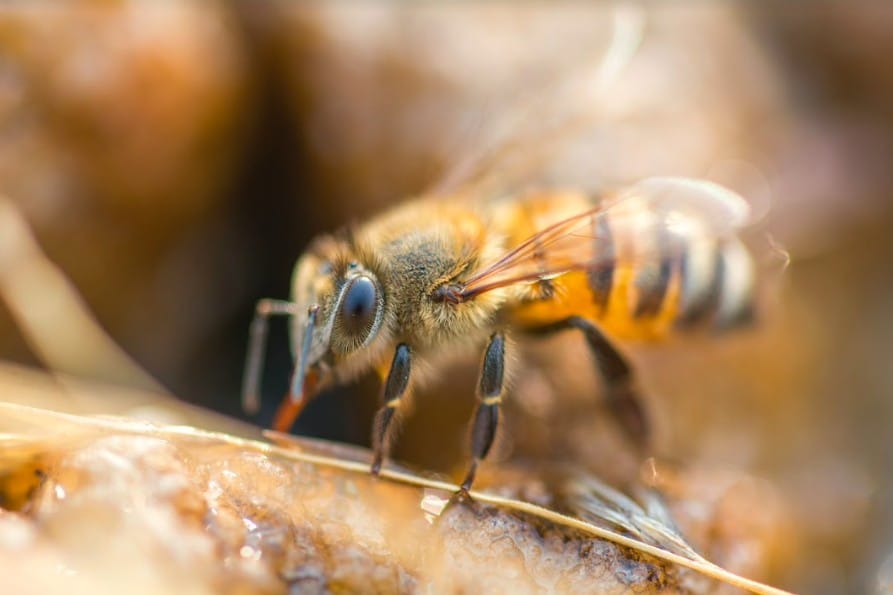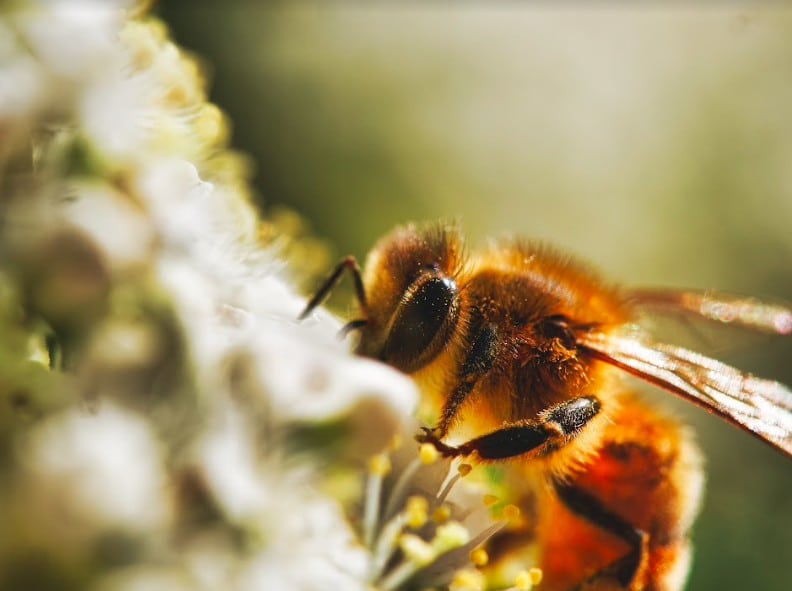We are almost midway through summer, which means spending more and more time outside and, if one’s lucky enough to have one, in the garden.
If you love your garden and you love nature, you must also love bees: these hardworking bugs do so much for us and our environment. And I’m not just talking about beehive products that we all love such as honey, wax and propolis, but so much more!
Bees play a very important role in maintaining biodiversity and in nature conservation. They are responsible for about 70% of the pollination of all plant species living on the planet and guarantee about 35% of global food production.
The bad news is that these little workers are on the verge of extinction. And what would happen if the bees disappeared? We can take a guess: pollination would decrease, the number of plants would drop drastically, there would be no more food for herbivores and the food chain would collapse, just like our entire planet.
If we really want to, however, there are many things we can do to help the bees; more than we would think. In particular, today, we at Beeing would like to talk about how to make your garden a safe place for bees. And think about it: having more passing bees in your garden will lead to a greater health of your beloved plants!
- The first tip is quite obvious: minimize the amount of pesticides. When you care for your garden, you always try to preserve it from a myriad of unwanted guests, forgetting, however, that the most powerful pesticides not only have an effect on them but also harm the bees. We suggest you to apply any pesticides in the evening hours, after the flight of the bees. Eliminating or at least reducing the amount of pesticides, though, will only be good for the bees and for your garden.
- Our second tip is to plant the bees’ favourite flowers. Bees are not difficult hosts: they will like (almost) any type of flower. However, it is true that the flowers that produce a larger amount of pollen and nectar are their favourite. Some of these plants and flowers are: tulips, sunflowers, lavender, sage, calendula, clover, coriander, dill, borage, rosemary, basil, mauve (and many more).
- Our third tip is to choose plants that bloom in every season of the year. By doing so, you will never leave bees without flowers to pollinate.
- The fourth tip is to provide bees with a home for nesting. We, of course, recommend our bee hotel, available at this link: https://beeing.it/en/products/biodiversity-kit/.
- The fifth, and last, tip is to provide bees with watering points for water intake. To do so, just fill some saucers with a little water; maybe placing them among the plants.
As you can see, a few simple steps are enough to create a garden that is safe and pleasing to bees. By doing so, you will help them, the environment around you and, indirectly, also yourself! So roll up your sleeves and go provide shelter to these tireless workers who do so much for us and that we must protect at all costs.
The bees thank you!

